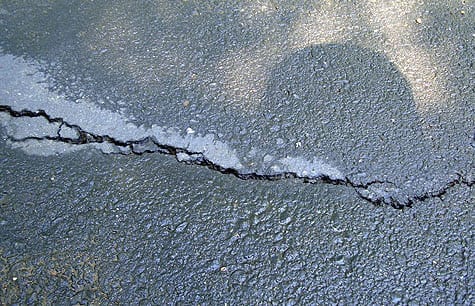BOSTON, July 22, 2013 – According to catastrophe modeling firm AIR Worldwide, On July 21, 2013, at 17:09 local time (05:09, UTC), an M6.5 earthquake struck New Zealand’s Cook Strait, 54 km SSW of the capital city of Wellington, at a depth of 14 km. According to officials, there was no risk of a tsunami. Shaking, which lasted a full minute, was felt as far away as Auckland, which lies 640 km north of
Wellington. Due to New Zealand’s stringent building codes and the moderate magnitude of the event, AIR does not expect significant insured losses from this earthquake.
According to AIR, while no major damage or serious casualties have been reported, the earthquake did cause structural damage to several of Wellington’s buildings, including the Parliament Building complex, known as the “Beehive.”
Approximately 35 buildings throughout the city of Wellington have sustained external damage to cladding and windows. While the business district is open, several buildings remain closed as a precaution, including some council buildings. Smashed windows, strewn contents in shops and offices, dangling ceiling panels, and other superficial effects are more widespread in the city. Broken water mains and downed power lines are also reported. The greatest damage was seen at Wellington Port, where an area about 200 m long and 10 m wide collapsed into the sea. The seawall along this stretch and a shipping container were lost. The port has re-opened however.
“Building seismic design codes in New Zealand, which rank among the most stringent in the world, have identified Wellington as a high seismic zones,” said Dr. Arash Nasseri, senior engineer, research at AIR Worldwide. “The city has a relatively high seismic hazard and some part of the city also runs the risk of ground failure from earthquakes, in the form of landslides and liquefaction. Most of the buildings are designed in accordance with modern seismic design codes and many older buildings have been retrofitted to improve their seismic performance. The engineered buildings in Wellington have performed as anticipated, with most of the damage occurring on exterior cladding or windows and to contents. The most vulnerable buildings in the area are non-engineered buildings such as unreinforced masonry.”
Sunday’s event was the latest in a series of tremors that have struck the same area in the Cook Strait including an M5.3 event on July 18 and an M5.8 event on July 20. Many smaller foreshocks affected the area including a dozen that occurred within a few hours before the main shock. According to several reports, at least 100 aftershocks have occurred, with magnitudes as high as M5.2.
“The earthquake occurred at the boundary of the Pacific and Australia tectonic plates, along a transition zone where the oblique subduction of the Pacific plate under the Australia plate changes to a nearly strike slip motion,” said Gerald Galgana, scientist at AIR Worldwide. “At the site of the earthquake, the relative
motion between the two plates is predominantly strike slip along a southwest-northeast direction. North of this region, and to the east of New Zealand’s North Island, the Pacific plate subducts westward along the Hikurangi trench. Here, the relative plate motion transitions into nearly pure strike slip along the Marlborough fault system located in the northern part of South Island. Farther south, oblique strike slip faulting occurs along the Southern Alpine Fault, including the subduction area along the Puysegur Trench near the southern tip of South Island. The Marlborough fault system comprises several parallel fault splays, which accommodate the plate motion. Some of the largest historical earthquakes in this area include the M7.5 Marlborough earthquake of 1848 and the M8.2 Wairarapa earthquake of 1855.”
AIR will continue to monitor the situation and will provide updates as warranted

